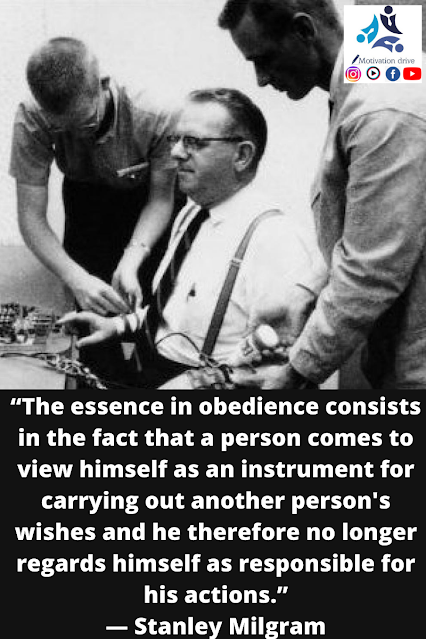Introduction The story of Nachiketa from the Katha Upanishad is one of the most profound lessons in focus, sincerity, and determination. Though deeply spiritual, its relevance extends far beyond — offering timeless wisdom for leaders, professionals, and anyone navigating today’s fast-paced corporate world. Nachiketa was a young boy whose father once undertook a yagna (sacred ritual) where everything one owned was to be given away in charity for spiritual merit. But instead of giving away his best possessions, Nachiketa’s father chose only the old and useless things. The boy, though only five years old, recognized the lack of integrity in his father’s actions. Courageously, he questioned his father: "If you truly vowed to give away everything, why are you keeping the valuable possessions back? Whom will you give me to?" Irritated, his father angrily retorted: “I give you to Yama, the Lord of Death.” Taking this seriously, Nachiketa set out to meet Yama. When he arrived, Yama ...
Introduction
Milgram’s Obedience Study is one of the most famous studies of obedience in psychology. It was conducted by psychologist Stanley Milgram at Yale University in 1961. Milgram’s Experiment was conducted to study the conflict between obedience to authority and personal human conscience. It was mainly conducted to analyse the genocide that occurred during World War Two in Germany.The main aim of Milgram’s Experiment was to see how far people would go in harming a person in obedience to the authority figure.
Stanley Milgram Experiment
In July 1961, the Stanley Milgram Experiment began, that is, a year after the trial of Adolf Eichmann in Jerusalem. Milgram did this experiment to find the answer to the following question:“Could it be that Eichmann and his million accomplices in the Holocaust were just following orders? Could we call them all accomplices?" (Milgram, 1974).
Milgram wanted to investigate in 1963 that the common explanation given to the world for the Nazi killings in World War II was true or not that the Germans were following the orders of the authority figures.
For this experiment, 40 male participants were recruited who were unskilled to professionals between the ages of 20-50 on a wage basis. These 40 participants were introduced to another Milgram confederate participants. Draws were made where participants were always made teachers and Milgram’s confederates were the learners.
Milgram’s Obedience Study was done in two interactive laboratories at Yale University. One room that had an electric chair was for learners and another one was for teachers that had an electric shock generator. Learners were given a list of pairs of words to learners and teachers were asked to test them by naming a word and asking the learner to recall its pair by giving four choices.
Don't forget to watch the motivational biography of Michael Phelps:
Teachers were asked to give shock every time the learner gave a wrong answer, increasing the shock every time from 15 volts (slight shock) to 450 volts (severe shock). The learners gave wrong answers on purpose and for each wrong answer, there were given an electric shock, increasing with more wrong answers. The teachers were given four orders/prods from the experimenter every time the teacher refused to give a shock to learners.
Results
The results of the Stanley Milgram Experiment were shocking. Almost all participants gave a shock to 300 volts. 65% of teachers gave the highest electric shock to 450 volts. There were 18 variations in total, in which Milgram carried out his study by altering the situations to see how it affected obedience.Conclusion
Milgram tried to examine whether the justifications given by the accused at World War II in the Nuremberg War Criminal Trials for the acts of genocide were true or not. Most of the time their defence was based on "obedience". They said they were simply following the orders of their superiors.Milgram’s Obedience Study concluded that we are all brought up in a way that obedience to authority is ingrained in us. We can even harm/kill an innocent person if the orders are given by an Authority Figure. The chief finding of the experiment was that the adults had the extreme willingness to go to any lengths on receiving the command from an authority.


Comments
Post a Comment
Please do not add any spam link in the comment box